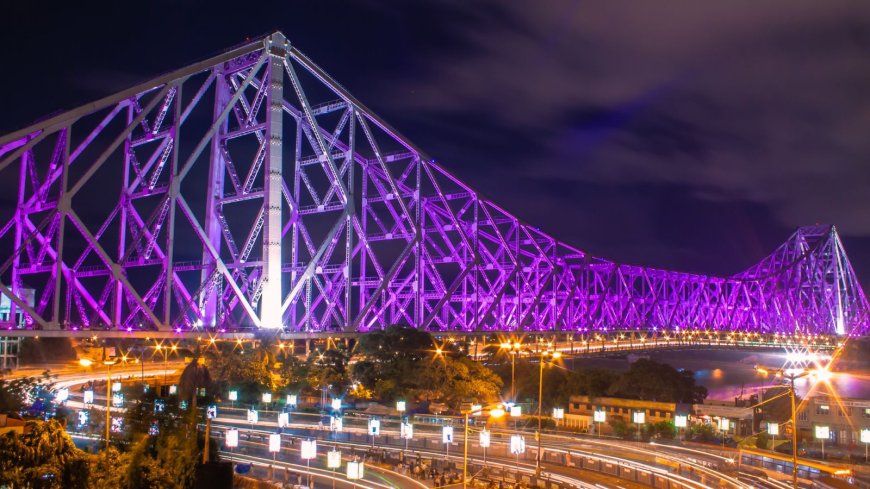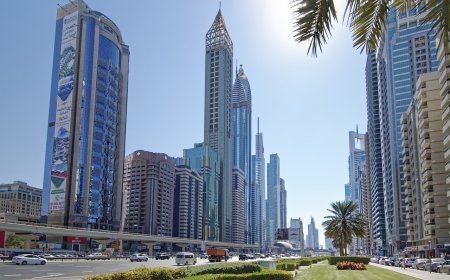Explore Geography and Landscape in West Bengal Today
Discover the rich and diverse Geography And Landscape in West Bengal, a fascinating destination for every nature-loving tour, travel, or trip across hills, rivers, deltas, forests, and beaches.

West Bengal, located in the eastern part of India, is a state of extraordinary geographical diversity. From snow-clad mountains in the north to the vast mangrove forests in the south, the Geography And Landscape in West Bengal is as varied as its cultural heritage. This diversity not only defines the natural beauty of the state but also shapes the lifestyle, economy, and traditions of its people.
For travelers and nature lovers alike, the varied topography of West Bengal offers unmatched experiences. Whether its the towering Himalayan peaks, fertile plains, winding rivers, dense forests, or serene beaches, each region has something unique to offer. Understanding the geography of this state helps one appreciate the hidden wonders that lie beyond city borders.
The Northern Highlands: Gateway to the Himalayas
In the northernmost part of West Bengal lies the Darjeeling Himalayan region, home to rolling hills, deep valleys, and breathtaking views of the snow-covered Kanchenjunga range. This area includes popular hill stations like Darjeeling, Kalimpong, and Kurseong, which are not only scenic but also rich in flora and fauna.
The steep terrain and temperate climate make the region ideal for tea cultivation, with Darjeeling tea gaining international fame. Rivers originating from the Himalayas cut through the landscape, creating waterfalls, lakes, and picturesque ridges. This area is a magnet for those on a leisure trip or an adventurous tour looking to explore high-altitude trails, monasteries, and colonial-era architecture.
The cool and misty environment contrasts sharply with the warmer plains, giving travelers a refreshing escape. The natural beauty combined with vibrant culture and clean air makes the northern highlands a highlight of any travel to West Bengal.
The Central Plains: Agricultural Heartland
Moving south from the hills, the land flattens into the Indo-Gangetic Plain, an expansive and fertile region that supports the majority of West Bengals agriculture. This central belt includes districts like Murshidabad, Nadia, Bardhaman, and Hooghly, where rice, jute, and vegetables grow abundantly.
The geography here is characterized by flatlands, river basins, and scattered wetlands. The Ganges River and its distributaries flow through this region, providing water for irrigation and serving as lifelines for transport and trade. These rivers also contribute to the rich biodiversity of the region, attracting migratory birds and supporting numerous aquatic species.
For those interested in cultural and historical exploration, this part of the state offers ancient temples, royal palaces, and battlefields from colonial times. A tour through the plains reveals the deep connection between land, water, and the everyday life of Bengals rural communities.
The Sunderbans: Worlds Largest Mangrove Forest
The southern part of West Bengal ends dramatically at the Bay of Bengal, where the Ganges and Brahmaputra rivers fan out into a massive delta, forming the Sunderbans. This UNESCO World Heritage Site is home to the worlds largest mangrove forest and the famous Royal Bengal Tiger.
The geography of the Sunderbans is both captivating and challenging. Intersected by a complex network of tidal rivers, creeks, and mudflats, the area is constantly shaped by the interplay of land and water. It is an example of how geography can be dynamic and living.
Ecologically, the Sunderbans is a treasure trove of biodiversity, housing crocodiles, deer, snakes, and hundreds of bird species. For those looking for an offbeat travel experience, a boat safari in the Sunderbans offers close encounters with pristine nature and unique wildlife. However, the fragile ecosystem also highlights the impact of climate change, with rising sea levels threatening both habitats and human settlements.
The Western Plateaus and Forests
The western edge of West Bengal, covering parts of Purulia, Bankura, and West Midnapore, is known for its rocky plateaus, red soil, and forested hills. This region belongs to the Chota Nagpur Plateau and features a starkly different landscape compared to the plains and deltas.
The terrain here is undulating, with small hills, caves, and rivers like the Subarnarekha and Damodar carving through the land. The area is rich in minerals and has historically been an industrial zone. Despite industrialization, many parts remain lush and untouched, offering excellent trekking opportunities, cultural immersion with tribal communities, and peaceful retreats in nature.
Traditional tribal festivals, folk dances, and handcrafts make the western landscape not only a visual delight but also a cultural hotspot. A trip through this region often feels like stepping into a different world, where tradition and nature coexist harmoniously.
The Coastal Belt and Beaches
West Bengal has a modest but beautiful coastline that stretches along the Bay of Bengal. Popular beach destinations like Digha, Mandarmani, and Tajpur draw tourists seeking sun and sea. These beaches are perfect for family outings, romantic getaways, or just a break from urban chaos.
The geography here includes wide sandy shores, casuarina groves, and gentle sea waves. Coastal towns often thrive on fishing and tourism, contributing to the local economy. The sea breeze, fresh seafood, and tranquil sunsets create a soothing ambiance for visitors.
In addition to beaches, the region has brackish water lagoons, estuaries, and saltwater wetlands, adding to its ecological richness. A coastal tour not only refreshes the senses but also introduces travelers to a lesser-known side of Bengal.
Rivers and Wetlands: Lifelines of the State
West Bengal is a land of rivers. The Ganges, Teesta, Mahananda, Damodar, and Hooghly are just a few of the major rivers that shape the geography and culture of the region. These rivers are central to agriculture, transportation, and religious life.
Wetlands, such as the East Kolkata Wetlands, play a crucial role in maintaining the ecological balance. They act as natural filters, support fish farming, and attract thousands of birds throughout the year. These water bodies not only sustain the environment but also offer beautiful settings for bird watching and eco-tourism.
A river cruise or a day spent exploring the ghats (riverbanks) can make any tour in West Bengal deeply memorable, blending natural beauty with cultural experiences.
Conclusion: A Landscape Full of Possibilities
The Geography And Landscape in West Bengal is a blend of dramatic contrasts and harmonious coexistence. From icy mountains to warm coastal sands, from mangrove forests to industrial plateaus, each part of the state tells a unique story.
Whether you're planning a scenic trip, a cultural tour, or an adventurous travel route, West Bengals diverse terrain ensures that every journey is filled with discovery. The richness of its geography doesn't just shape the environmentit defines the identity, livelihood, and spirit of its people.
To travel through West Bengal is to experience the pulse of land and nature. Every hill, river, field, and forest contributes to a grand mosaic that continues to inspire artists, thinkers, and travelers from around the world.




































